JAMSTEC People
Interview with Dr. Iona McIntosh
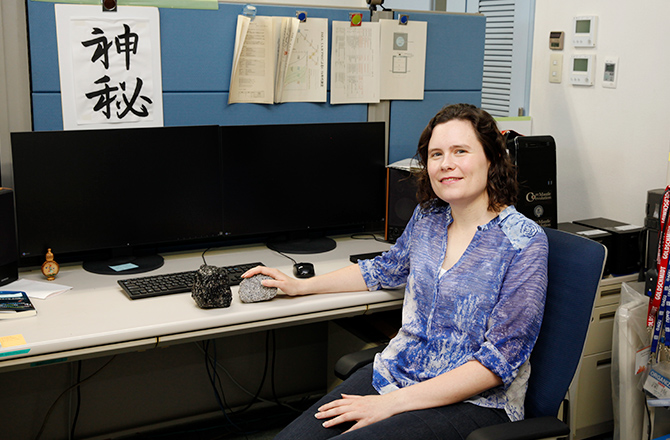
Dr. Takashi Toyofuku, Director of Marine Science and Technology Strategy Department has a conversation with Dr. Iona McIntosh, researcher and past recipient of the JAMSTEC Young Research Fellow. She has been researching submarine eruptions and degassing process, developing new FTIR Techniques.
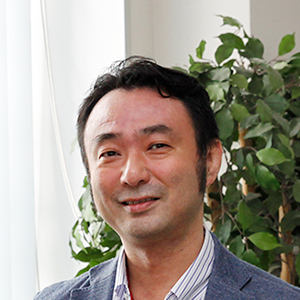 Takashi Toyofuku, Dr.
Takashi Toyofuku, Dr.Director of Marine Science and Technology Strategy Department

Hello, Iona. Could you introduce yourself?
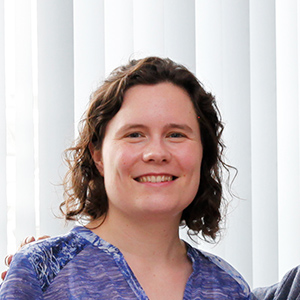
I am a British volcanologist. I got my PhD in 2014 from Durham University, and then moved to Japan – land of volcanoes!

What is your main research topic?

Magmas contain a lot of dissolved gases, like H2O and CO2, which start to degas and form bubbles as magma moves up towards the Earth’s surface. You can see these gas bubbles when you look at volcanic rocks like pumice. I am interested in how magma degassing processes affect whether an eruption is explosive (e.g. ash and pumice) or effusive (e.g. lava flows or domes). I also want to use the dissolved gas contents of volcanic rocks to reconstruct the eruption processes that formed them. This is especially important for my current research on submarine eruptions, which we can rarely observe directly.
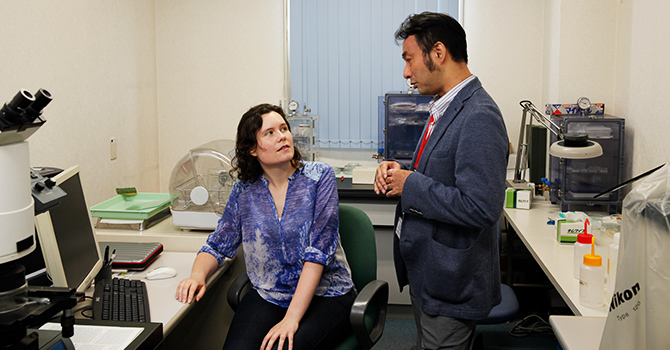

You have been at JAMSTEC for a while now. How and why did you first come here, and what have you done since?

I first visited JAMSTEC as a PhD student in 2012 as a participant in the Japan Society for Promotion of Science (JSPS) Summer Program, which enables students to undertake a funded 6-week research placement at a host institute in Japan. I came to JAMSTEC to use their FTIR instrument, which is particularly sophisticated. FTIR analysis uses absorption of infrared light to identify concentrations of different chemicals, and so I use it to measure the dissolved H2O and CO2 contents of volcanic glasses. My PhD samples were bubbly volcanic glasses made in a laboratory, and the FTIR data were crucial to understanding how the bubbles formed, and thus to getting my PhD. But that 2012 JAMSTEC visit also played a pivotal role in my life because during my stay I was invited to join a short JAMSTEC research cruise to survey some submarine volcanoes in the Izu-Bonin arc. It was my first ever research cruise and I immediately fell in love with submarine volcanology!
I therefore wrote a proposal to work on the samples from that cruise and came back to JAMSTEC as a JSPS postdoc for two years. That was followed by three years as a JAMSTEC Young Research Fellow, and now I am employed as a Scientist in the Solid Earth Geochemistry research group. In this time I’ve continued to research submarine eruptions and degassing processes, developing new FTIR techniques and participating in both JAMSTEC research cruises and International Ocean Discovery Program (IODP) scientific drilling cruises.

Did you think you would stay so long?

To be perfectly honest, no! I was keen to come and do the research in my JSPS postdoc proposal, and to experience a different research and living environment compared to the UK, but initially I didn’t imagine staying beyond that. But as I settled in and began really enjoying my research and my life here, I realised how many opportunities I could pursue here. So after my JSPS postdoc I applied to be a JAMSTEC Young Research Fellow.
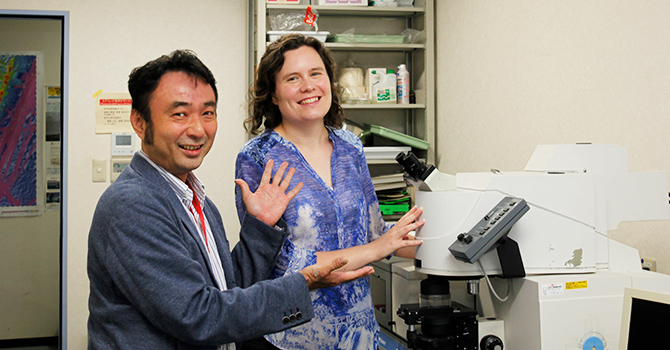

What appealed to you about being a JAMSTEC Young Research Fellow?

I could design my own research proposal to pursue my own interests, rather than working on someone else’s project, and of course being based at JAMSTEC means having access to world-class analytical facilities, sample archives, and opportunities to join future cruises. Moreover there are world-class researchers here working in diverse fields, and I’ve enjoyed finding collaborative links between submarine volcanology and, for example, biology or paleomagnetism. It must also be said that the research funding is excellent. All in-house analyses are free so your budget goes even further; plus, you can also apply for outside funds – I successfully applied for a two-year Kakenhi Start-up grant as well. JAMSTEC is a research institute rather than a university so I worried that I might miss out on opportunities to gain teaching experience, but JAMSTEC researchers can take on part-time outside lecturing. Accordingly, I teach an (English-language!) undergraduate geosciences course at a university in Tokyo, which for me is the perfect balance of research and teaching.

So, how is your Japanese language ability these days? Have you faced any language barrier?

I have enough for my daily life, but I’ve still got a long way to go! I’m enjoying taking lessons and learning kanji. However I’d say there’s no need to be worried about a language barrier. At JAMSTEC I can talk to other scientists in English, and there is a huge amount of help from admin staff when it comes to Japanese paperwork. That help also extends to home life; JAMSTEC staff helped me find housing, set up bank accounts and utility bills, etc. English options (for restaurant menus, ATMs, ticket machines) are steadily increasing, and Google Translate is a life-changer too. And finally, Japanese people really are very kind and patient!

Do you have any advice about working at JAMSTEC?

Don’t be afraid to ask for help or advice. I think I was a little shy when I started, and didn’t want to cause problems, but people are very happy to help. I am also amazed at what can be achieved through the people network – if something like an instrument or sample is not available at JAMSTEC, you can guarantee that someone knows someone, somewhere, and will put you in touch and make it happen.
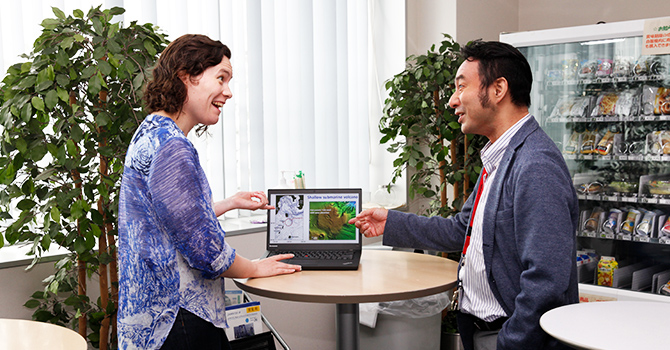

And how about advice for life in Japan more generally?

Arriving in any new country can be tough, so a lot of the same advice applies. As well as socialising with people at JAMSTEC I advise pursuing some kind of hobby, or starting a new one – I joined a choir and made lots of Japanese and international friends. Take advantage of the opportunity to travel and be a tourist, especially since public transport is so cheap and convenient. I’m based in Yokosuka, and within 60 minutes I can be in the centre of Tokyo, or hiking in a forest, or swimming in the sea. And if I’m ever homesick, there are plenty of international supermarkets where I can find some home comforts!

That’s great. Thank you very much.
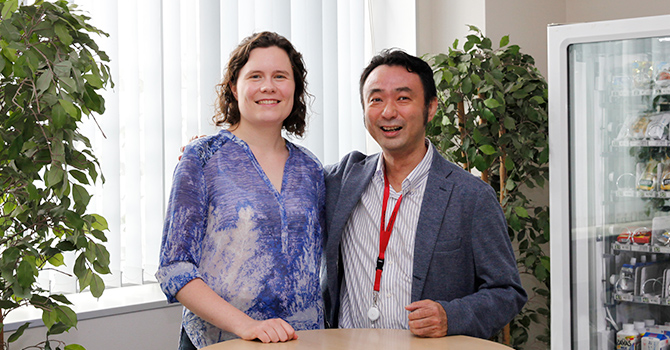
2019.7.18
